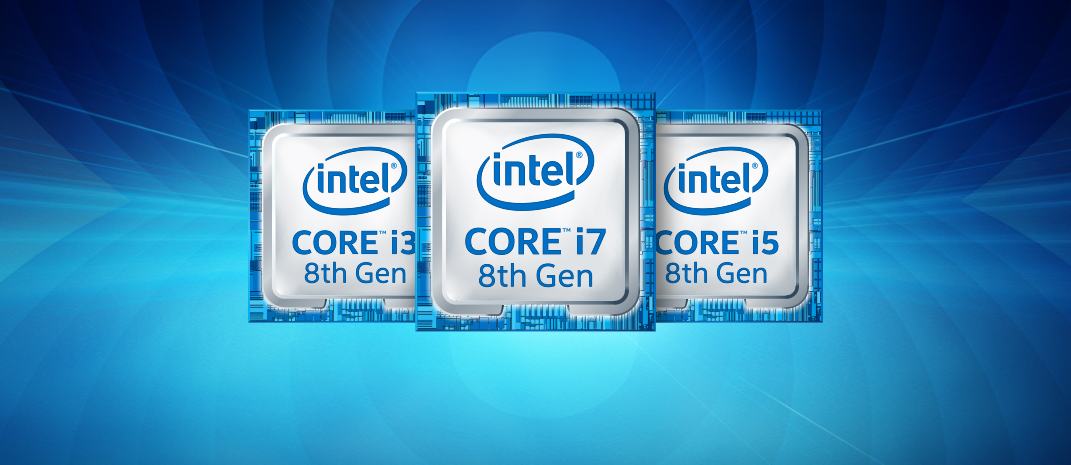If you’re looking to buy a new laptop any time soon, such as the ongoing COMEX show, you may want to hold your horses instead.
That’s because, after five long years, Intel is finally doubling the number of cores in its Core i5 and i7 U-series CPUs, commonly used in many Ultrabooks.
Impetus for Change
If Intel had it their way, perhaps this move probably wouldn’t have happened until much later, if ever. For the past eight years or so, Intel has held a monopoly over the market.
However, a resurgent competitor in the form of Advanced Micro Devices (AMD) has forced Intel to rethink its strategy. For many years, Intel has capitalised on AMD’s big mistake–investing into an architecture that didn’t scale well with real world applications. But earlier this year, AMD caught Intel somewhat offguard with its new line of Ryzen processors which offered double the core count at the same price of a comparable Intel processor. While it has not launched any mobile processors on its new architecture as yet, Intel seems to have erred on the side of caution and made a pre-emptive move to make it harder for AMD to penetrate the mobile market, where the bulk of consumer and commercial revenue probably resides.
New generation, same architecture
Intel is marketing these new processors as 8th generation processors. However, the underlying architecture remains unchanged from the 7th generation, which in itself was an incremental improvement from the generation prior. Some argue that calling these eight generation processors is misleading. Yet, I think this move is rather justifiable, despite Intel seemingly just “throwing more cores at the problem”.
That’s because this move finally brings Ultrabooks to a similar level of computing prowess as its considerably more expensive and bulky mobile gaming brethren. That’s no mean feat, given that such processors aren’t given much thermal headroom to work with.
Though, due to the thermal headroom issue, these new quad core processors aren’t expected to perform as well as those mobile chips catered for gaming, but for instances where short bursts of performance are required, these new processors will perform far better than their predecessors. We will need to wait for future process improvements, perhaps in the 9th generation and beyond, before the duration of these short bursts can be improved.
No matter the case, however, what you’re getting boils down to this: you’re now getting two for the price of one. That’s, of course, assuming that the prices of these new quad core Ultrabooks do not increase. It’s a reasonable assumption to make, though, since these new 8th generation processors are positioned to
replace their dual core, 7th generation predecessors.
A step in the right direction
Overall, what Intel is doing here is a step in the right direction, for users, at least. Unless you’re getting a considerable discount on a 7th generation model or you really need a new laptop urgently, you’re much better off with the 8th generation equivalent. While the extra two cores may not matter that much today, with the ‘baseline’ being moved to quad core, developers are likely to start optimising their applications for four cores instead of two, and you may find yourself extracting less useful life out of your dual core laptop down the road.
Related

